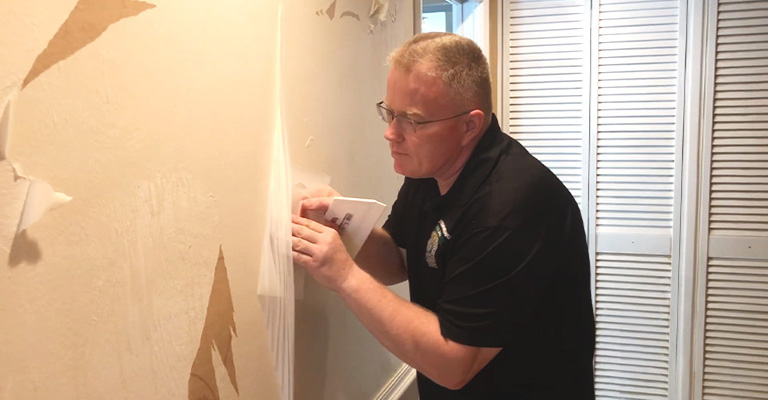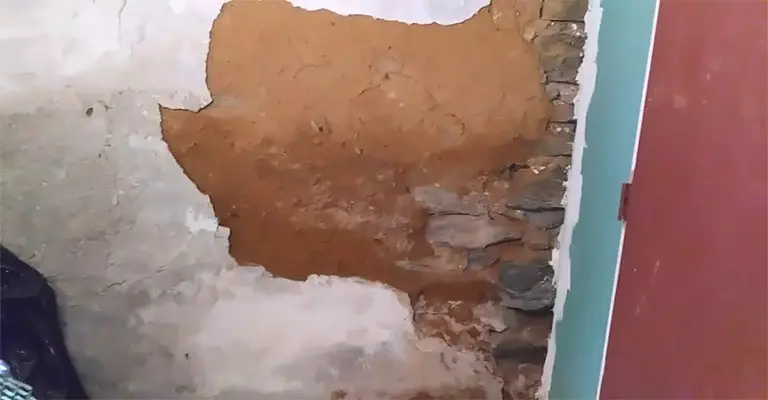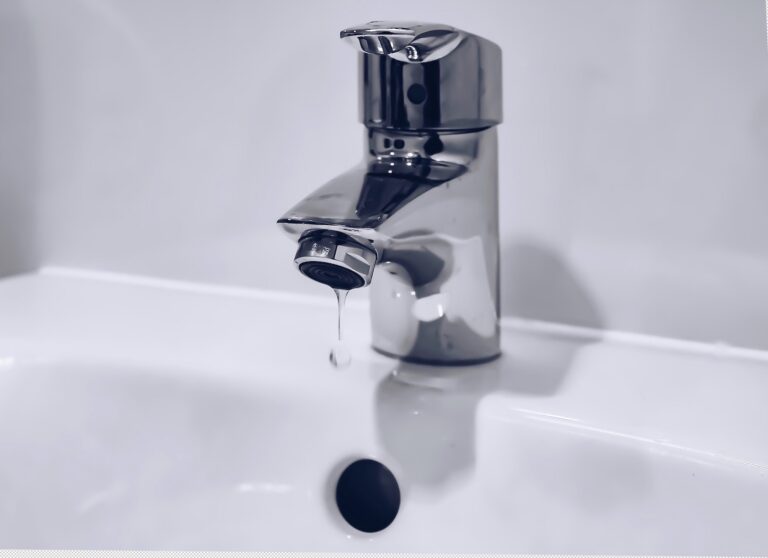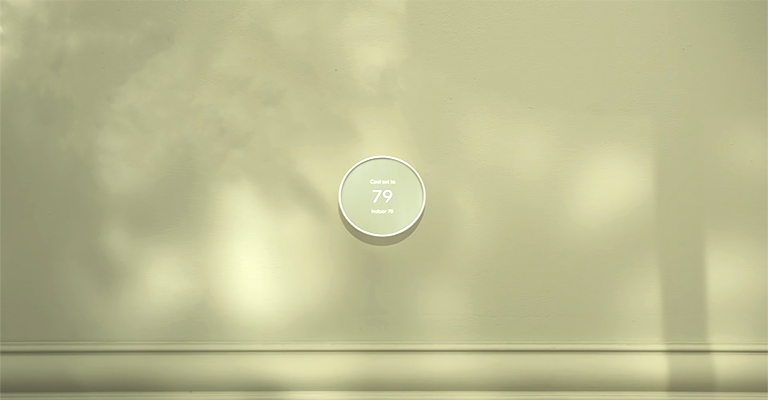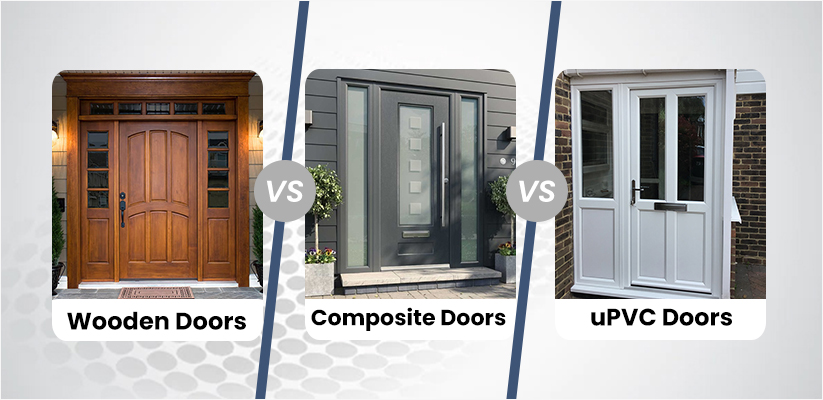Floating Floor: An Innovative Solution for Modern Flooring Needs
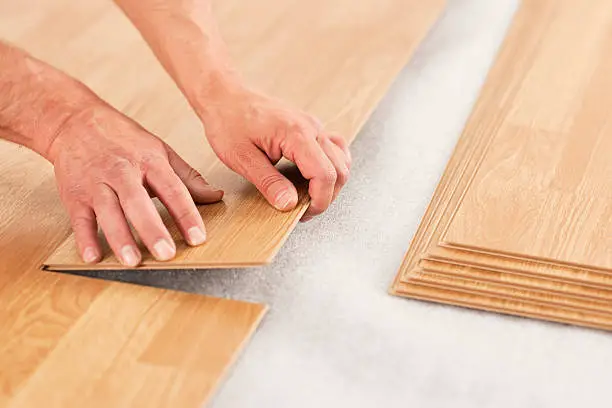
When it comes to selecting the perfect flooring solution for your home or business, the vast array of options can be overwhelming. One choice that stands out and is increasingly popular among property owners is the floating floor.
In this article, we will explore this unique flooring solution and its variety of benefits that will not only transform your living space but also provide long-lasting functionality.
What is a Floating Floor?
Engineered Wood Flooring
Contrary to what the name might suggest, a floating floor doesn’t defy gravity. Rather, it refers to a method of installation where the floor doesn’t need to be glued, nailed, or otherwise affixed to the subfloor. Instead, the floor “floats” atop the underlying surface.
This installation technique can be used with various types of flooring materials, including laminate, luxury vinyl, and engineered hardwood.
Benefits of Floating Floors
Luxury Vinyl Plank Flooring
Ease of Installation
One of the primary advantages of floating floors is their relative ease of installation. With no need for nails, glue, or staples, the installation process is typically quicker and less messy than traditional methods. This makes it an excellent choice for DIY enthusiasts or anyone looking to save on installation costs.
Flexibility
Floating floors expand and contract with changes in temperature and humidity, reducing the risk of warping and damage over time. This makes them particularly suitable for areas that are prone to environmental changes.
Versatility
The floating floor technique can be applied to various types of flooring materials, allowing property owners to choose the look and feel that best suits their tastes and needs.
Easy to Replace
If a section of your floating floor becomes damaged, you can easily replace the problematic piece without disturbing the rest of the floor. This is a considerable advantage over traditional flooring, where extensive work might be necessary for even minor repairs.
Choosing the Right Floating Floor
Floating Flooring Material
When selecting a floating floor, it’s crucial to consider factors such as your budget, the room’s usage, and aesthetic preferences.
Laminate flooring is a cost-effective option that offers durability and a wide variety of design choices. It’s resistant to stains and damage, making it ideal for high-traffic areas.
Luxury Vinyl is another excellent choice, boasting an impressive array of styles and designs. It is also water-resistant, making it perfect for bathrooms, kitchens, and basements.
Engineered Hardwood brings the beauty of natural wood to your home with the added benefits of floating floor flexibility and durability. While it’s typically more expensive than laminate or vinyl, it offers a timeless elegance that can enhance any room’s aesthetic appeal.
Floating Floor Installation Tips
Luxury Vinyl Flooring and Flooring Planks
While the process of installing a floating floor is simpler than traditional methods, it still requires careful preparation and execution.
- Always check the condition of the subfloor before installation. It should be clean, dry, and level to ensure the best results.
- Use a quality underlayment. This not only provides a cushion for your floating floor but also helps with sound insulation and moisture protection.
- Leave a small gap around the perimeter of the room to allow for the floor’s natural expansion and contraction.
Care and Maintenance of Floating Floors
Decorative Surface Layer and Existing Flooring
An additional advantage of floating floors is their low maintenance requirements. Regardless of the type of material you choose, basic care and preventive measures can ensure the longevity and aesthetic appeal of your flooring.
Routine Cleaning
Dust and debris can lead to scratches and wear over time. Regular sweeping or vacuuming is recommended to keep your floating floor looking its best. Avoid using wet mops or steam cleaners, especially for laminate and engineered hardwood, as excessive water can damage these materials.
Prompt Spill Cleanup
Spills happen, but prompt cleanup can prevent potential damage. Always blot spills immediately with a dry cloth to prevent the liquid from seeping into the seams between planks.
Use Protective Pads
Furniture and heavy objects can scratch or dent your flooring. Using protective pads under furniture legs can prevent unwanted damage.
Avoid Sharp Objects
Be cautious with high-heeled shoes or pet claws, which can scratch the surface of your floor.
Floating Floors: A Smart Investment
Laminate Floor Multiple Layers
Whether you’re a homeowner looking to boost your property value, a business owner seeking a durable and stylish flooring solution, or a DIY enthusiast interested in easy-to-install options, floating floors offer an excellent return on investment.
Floating floors not only provide versatility and style, but their durability and easy maintenance also make them a practical choice for a wide variety of settings and uses. Additionally, their ease of installation and replacement make them a cost-effective option that allows for frequent updates and renovations.
Factors to Consider When Installing a Floating Floor
While floating floors bring numerous benefits, it’s crucial to weigh several factors before starting your installation project.
Subfloor Conditions
The state of your subfloor is paramount to a successful installation. It should be smooth, clean, dry, and level. Any irregularities can affect the performance and longevity of your floating floor.
Room Layout
Consider the layout of your space. Irregular or complex room shapes may require more planning and might present challenges during installation.
Acclimatization of Materials
Before installing, allow the flooring materials to acclimatize to the room’s temperature and humidity. This helps minimize expansion and contraction after installation.
Underlayment Quality
Do not underestimate the importance of a quality underlayment. It helps to cushion the floor, reduce noise, and in some cases, offers a moisture barrier.
Professional Assistance
While DIY installation is possible, hiring a professional can ensure a seamless job, especially for larger areas or rooms with complex layouts.
The Future of Floating Floors
With advances in flooring technology, the popularity of floating floors is on an upward trajectory. As manufacturers continue to innovate, we can expect an even wider range of materials, designs, and enhanced durability from floating floors.
Newer versions of floating floors are becoming increasingly resistant to environmental changes, enhancing their suitability for different climates and room conditions. Furthermore, improvements in manufacturing processes have resulted in floating floors that mimic natural materials like wood and stone more accurately than ever before.
Conclusion
Floating floors have carved out a distinctive space in the flooring industry, offering a blend of practicality, beauty, and versatility. They cater to a broad spectrum of needs, making them an attractive option for both residential and commercial settings.
By choosing a floating floor, you’re not only opting for a stylish and modern flooring solution but also investing in a durable, cost-effective, and easily maintainable product. As you embark on your flooring journey, the understanding of the installation process, care, maintenance, and future of floating floors will go a long way in ensuring you make a confident, informed decision.
With a floating floor underfoot, you can rest assured that you’ve chosen a flooring solution that combines the best of innovation, design, and practicality. The future is indeed floating!

